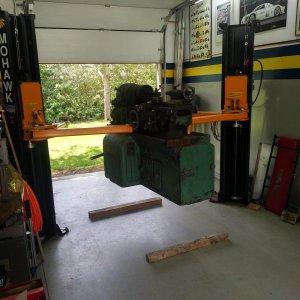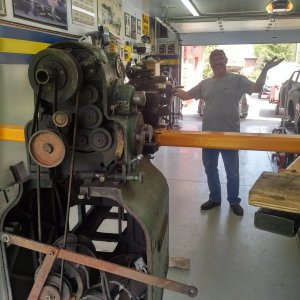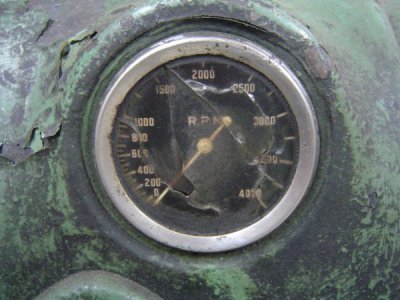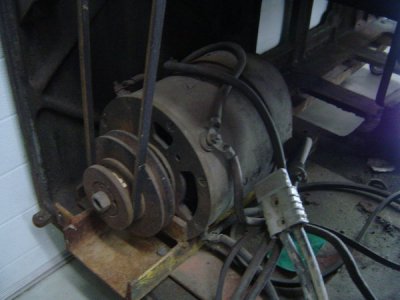- Joined
- Sep 3, 2011
- Messages
- 478
Yes, that's your serial number. It's probably very late 1941 or early to mid 1942. Monarch assigned serial numbers when the machine was ordered. Sometimes orders would get placed on hold, for various reasons, so two machines that were build sequentially might have a big difference in serial number. The only way to know when it was actually built (given that the build tag is missing) is to contact Monarch. If you're nice to Terrie, she might tell you without having to spend money buying the documentation package.The stamped lettering on the bed are "INSPECTED NHE Lot No. 12653". Looks like it's a 1941 model. ...
Why don't you first see what you've got, how well it works and how it suits your needs. Unless you're actually looking for a machine tool reconditioning project, don't rush into "upgrading" it. Post some photos of your spindle motor and drive controls so that I can see what you have to work with.




